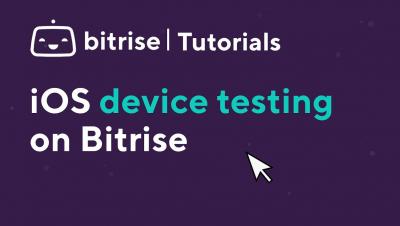Systems | Development | Analytics | API | Testing
Technology
Setting up Allegro AI's Trains Platform
There’s a lot to track when training your ML models, and there’s no way around it; reviews and comparisons for best performance are virtually impossible without logging each experiment in detail. Yes, building models and experimenting with them is exciting work, but let’s agree that all that documentation can be laborious and error-prone – especially when you are essentially doing data entry grunt work, manually, using Excel spreadsheets.
Closer Integration Announced For Azure Event Hub
We're happy to announce that we have just launched our improved integration for the Azure Event Hub, allowing DevOps & Security professionals to send log data for analysis easier than ever. This announcement comes as Microsoft’s Azure Event Hub reaches its highest global popularity as a data ingestion service. The integration ensures best-in-class performance across a variety of use cases using Azure.
WTF is a Convolutional Neural Network?
If you are a software engineer, there's a good chance that deep learning will inevitably become part of your job in the future. Even if you're not building the models that directly use CNNs, you might have to collaborate with data scientists or help business partners better understand what is going on under the hood. In this article, Julie Kent dives into the world of convolutional neural networks and explains it all in a not-so-scary way.
Apache Pulsar walks into a data bar
Some time ago, the concept of event streaming was not that widespread. In addition to that, the platforms provided were much fewer than today, and required more technical depth to set up and operate. However, as time passed, those platforms matured, community grew, the documentation was improved and the rest of the world started to wake up to the advantages these platforms can bring to address the real-time experiences businesses need. And Apache Pulsar is a great example.
Kafka SMS health alerts via Zapier integration
Systems fail from time to time. And there is nothing worse than being unaware a system is down at all. Which is why we wrote the email alerts from Lenses.io tutorial. But what about those evenings where you are enjoying a documentary or just having an email-free evening? After all, system failures rarely happen at a magically convenient time.
How Snowflake's Cloud Architecture Scales Modern Data Analytics
Load testing with Azure Pipelines
If you want to jump straight to installing the marketplace extension, you can find it here. Performance issues can quickly turn expensive. Reasons can vary from unexpected traffic surges, pieces of non-performant code acting as bottlenecks, or misconfigured network components. Integrating load- and performance testing into your CI pipeline will allow you to know about performance degradations early, in most cases, even before it has any impact on your users in the production environment.
Open-Source vs Commercial tools for test automation?
In software testing, open-source tools have existed for quite a while and they will keep existing in the future. New testing frameworks and tools appear every single day, so how do you know what works best for you? Are commercial tools better than open-source alternatives or the other way around? There is no clear answer and “it depends” highly on your needs. Teams are unique and should use whatever tools they want in order to be more efficient, productive, and happy.











